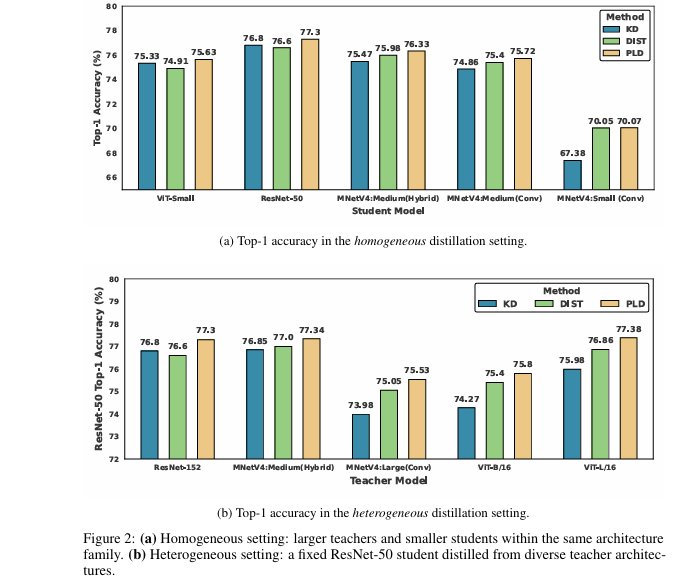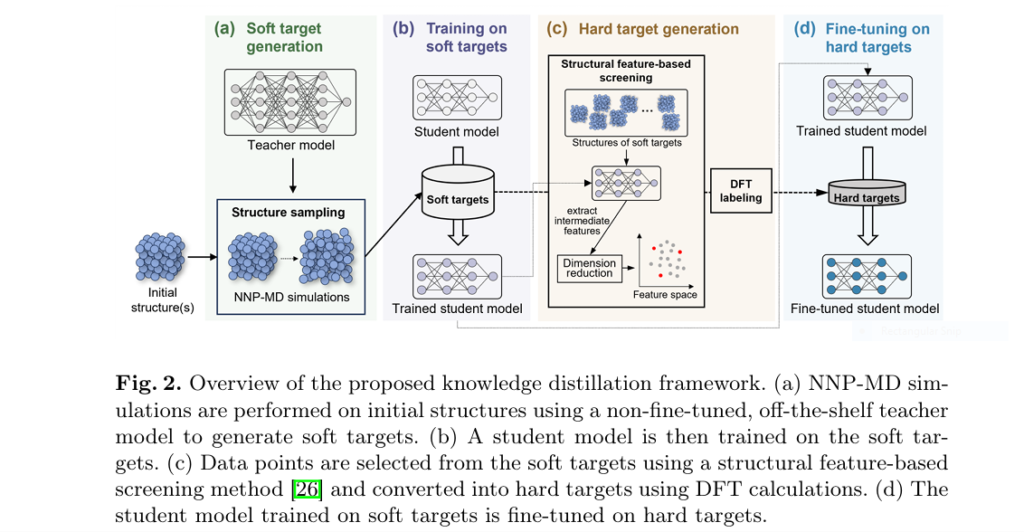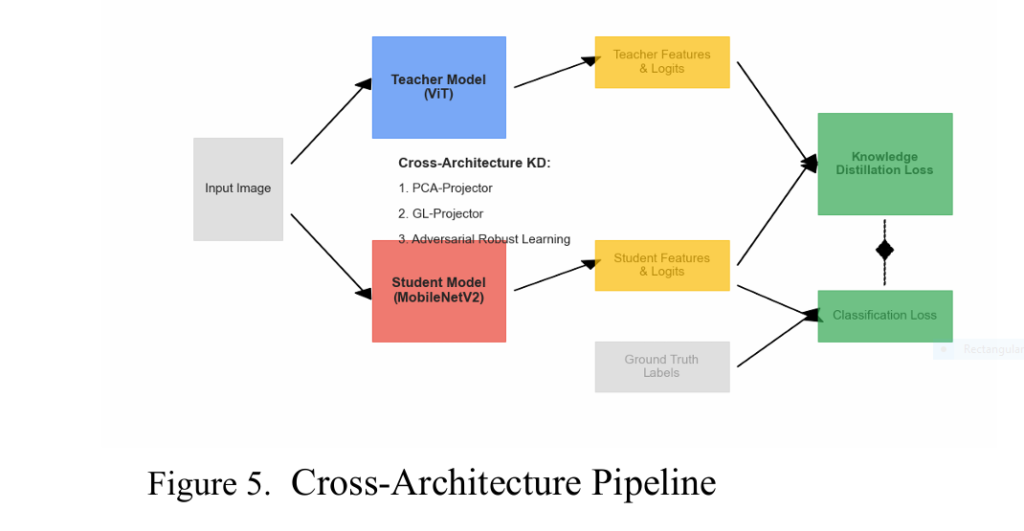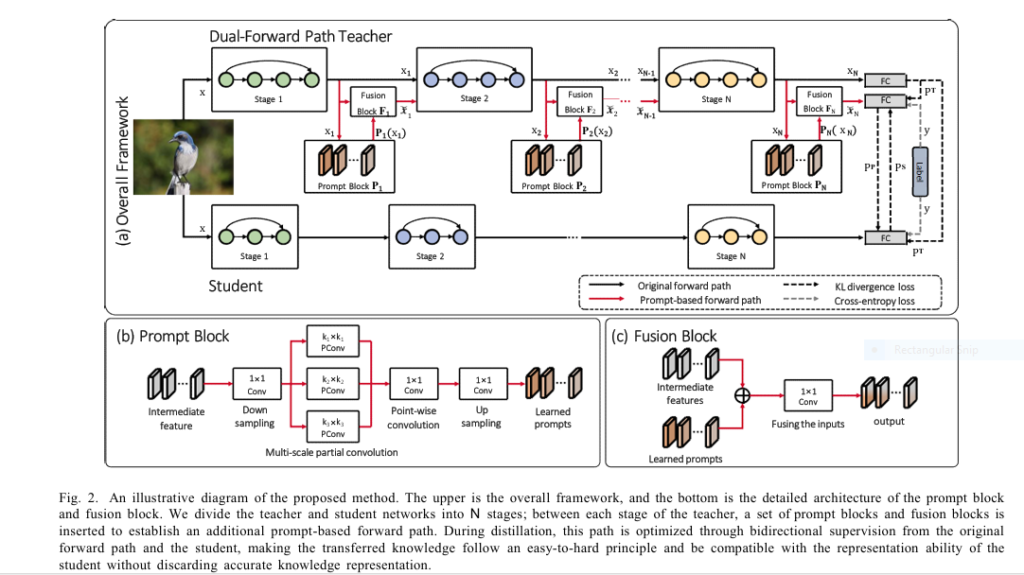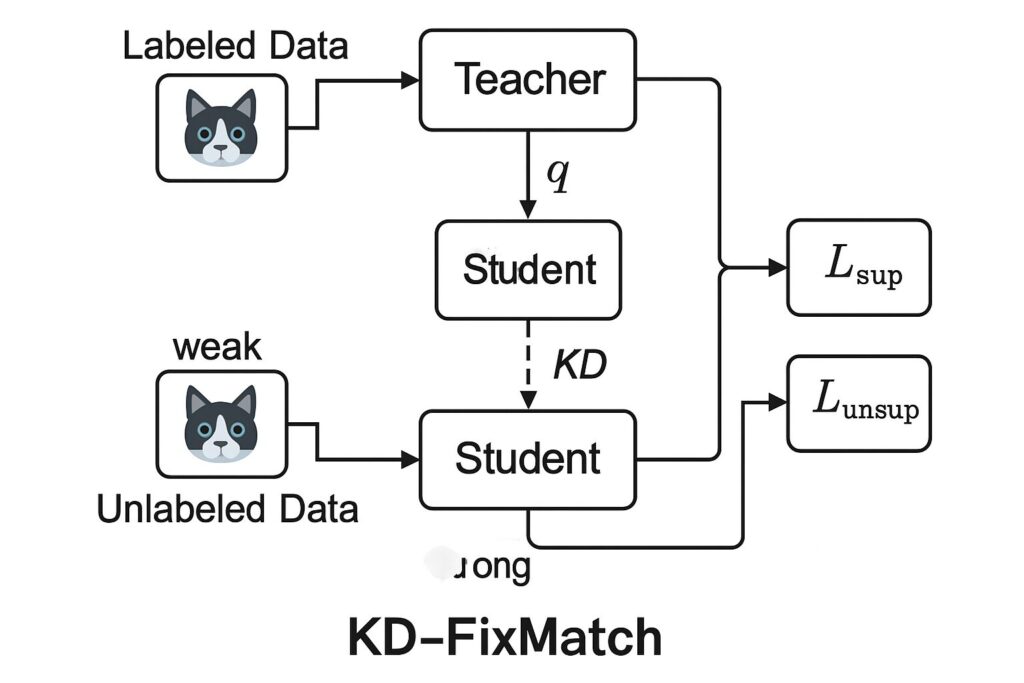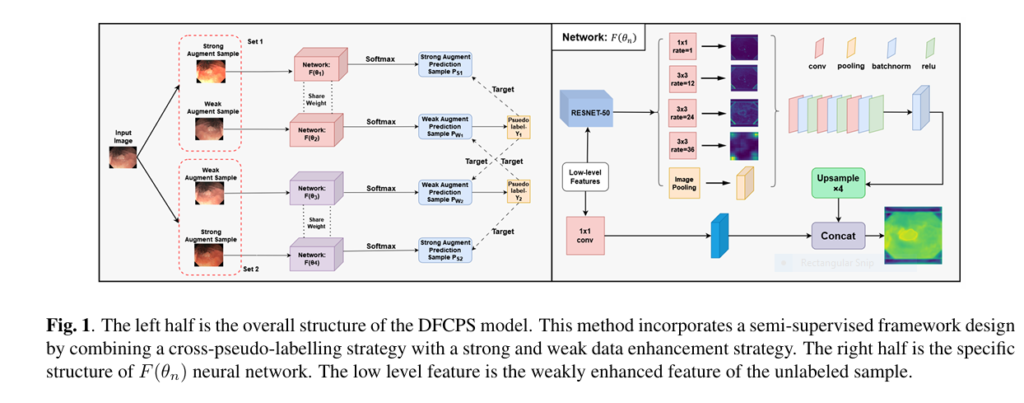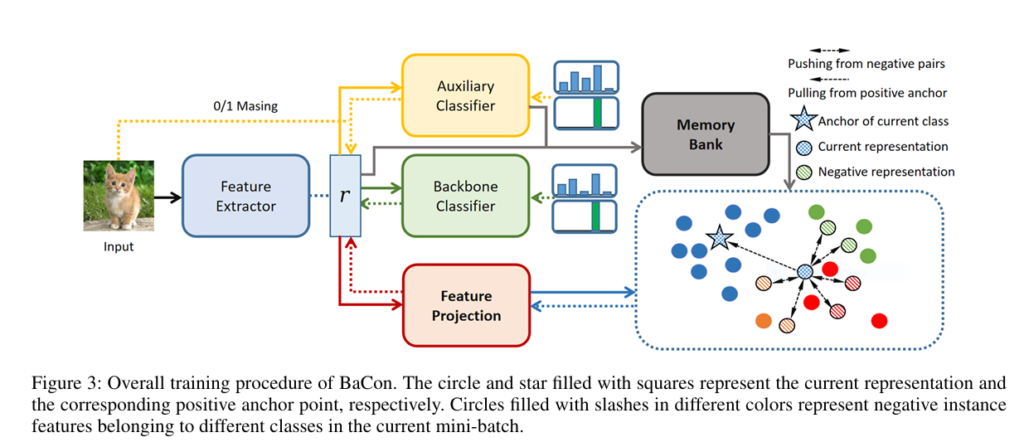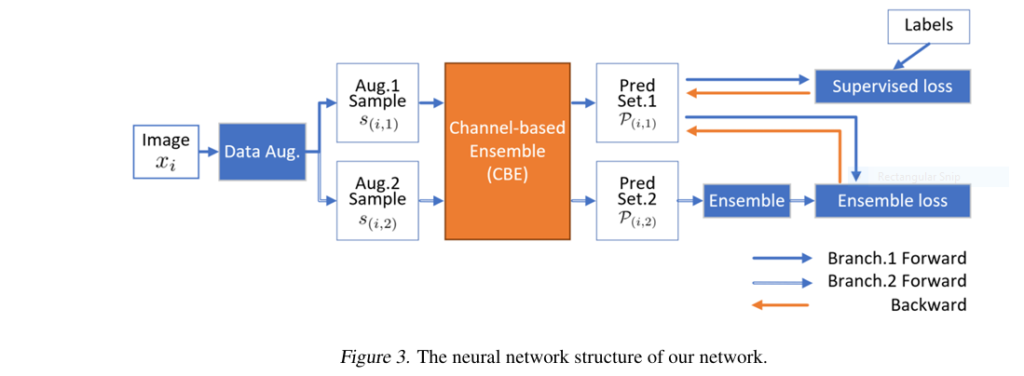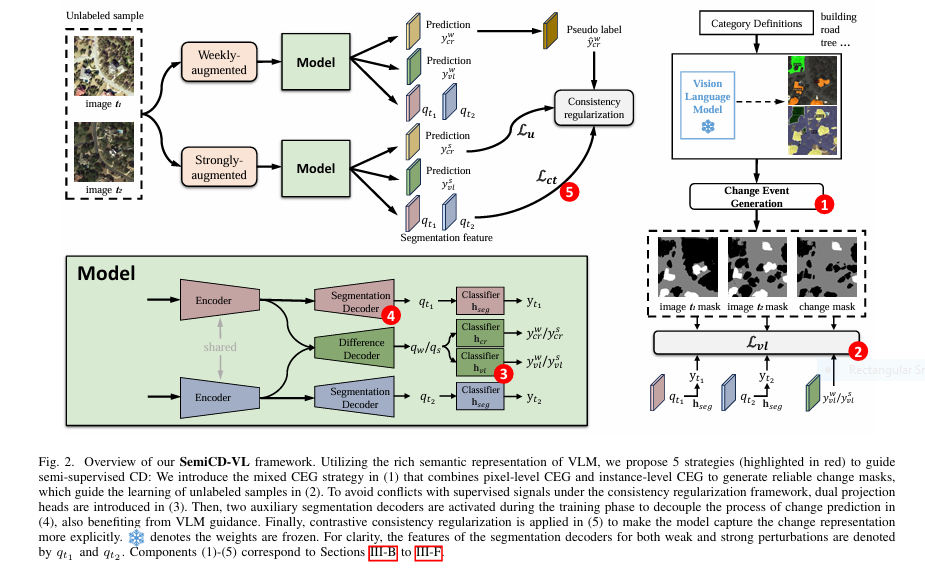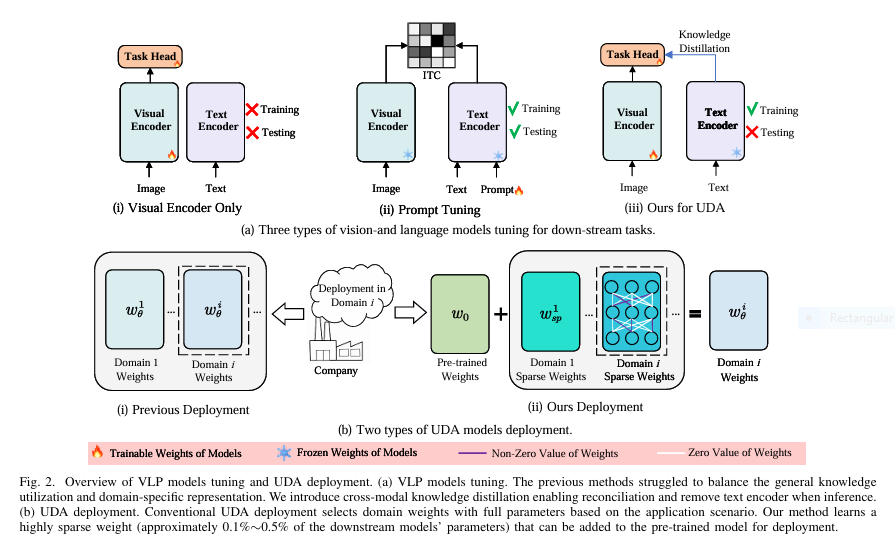7 Proven Knowledge Distillation Techniques: Why PLD Outperforms KD and DIST [2025 Update]
The Frustrating Paradox Holding Back Smaller AI Models (And the Breakthrough That Solves It) Deep learning powers everything from medical imaging to self-driving cars. But there’s a dirty secret: these models are monstrously huge. Deploying them on phones, embedded devices, or real-time systems often feels impossible. That’s why knowledge distillation (KD) became essential: Researchers tried fixes—teacher assistants, selective […]

